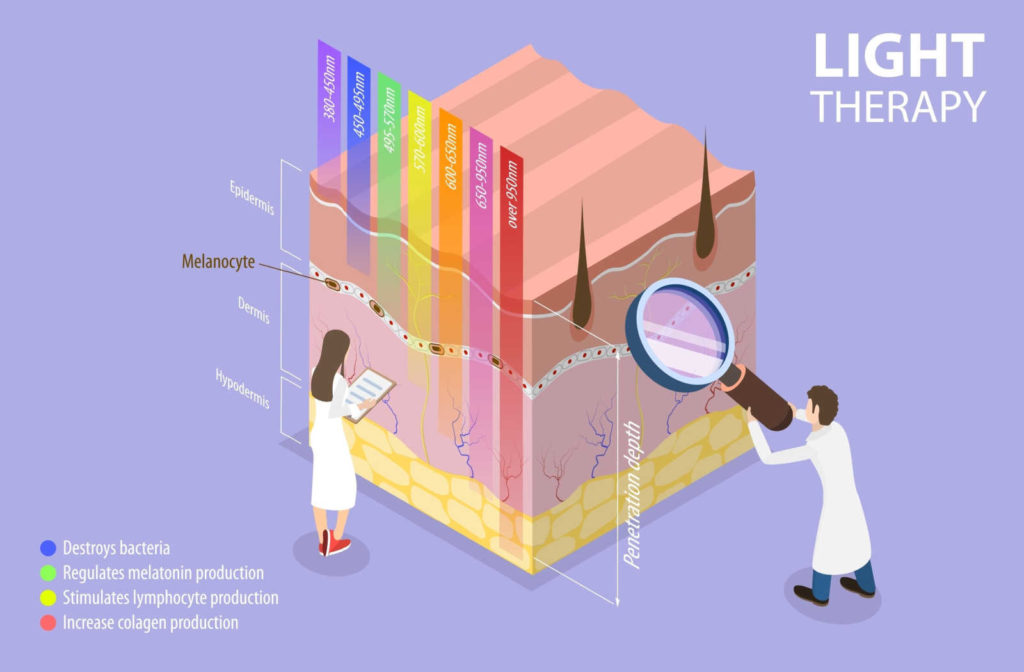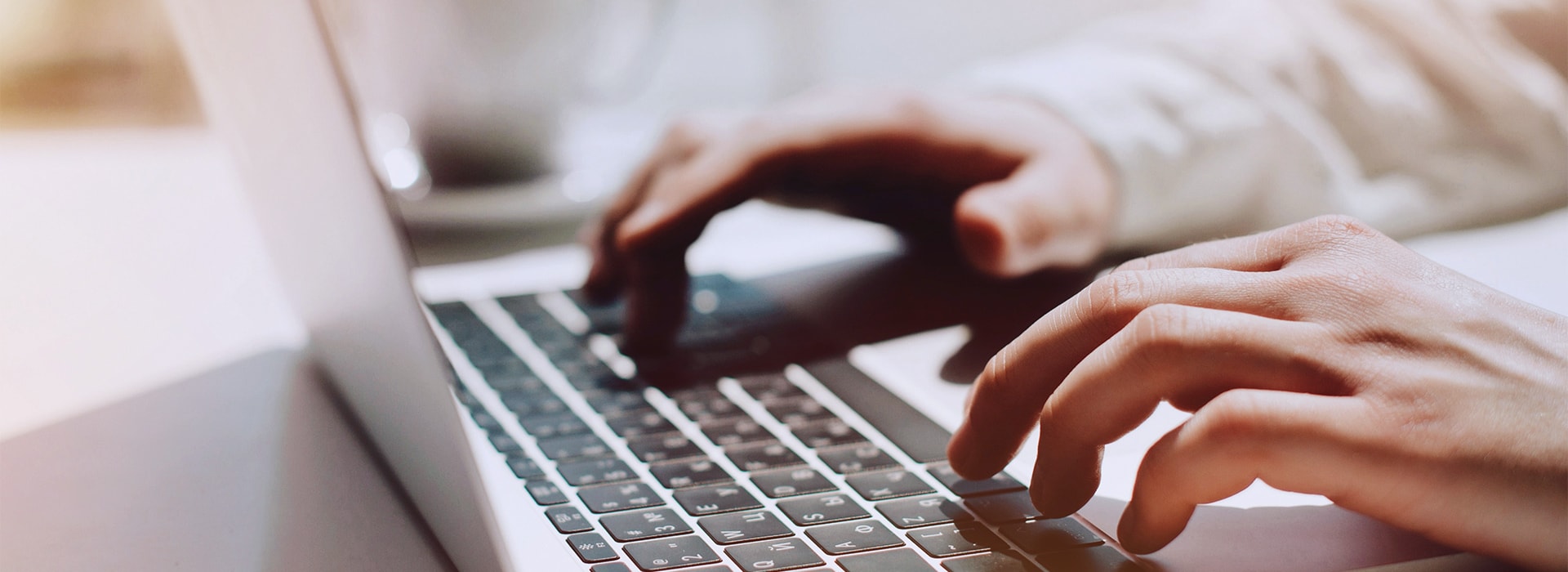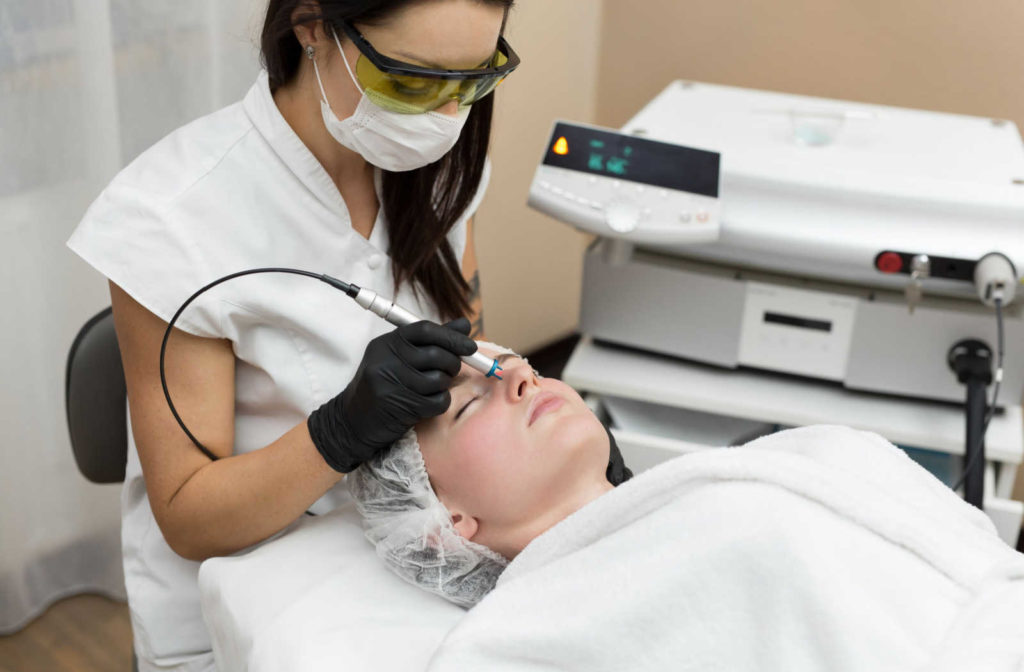Enlighten Your Skin with an IPL Photofacial
The surface of your skin is a resilient protector, and for all its time in the spotlight, your skin can sometimes show signs of aging. Sun damage, harsh skin products, makeup, aging—your skin deserves some cosmetic attention. But rejuvenating your skin is also more than cosmetic; it can make you feel radiant. When your skin looks healthy, it’s a feeling worth celebrating.
We’re shining a light on one brilliant skin treatment: the IPL photofacial. Find out about the benefits of an IPL photofacial and what to expect with InFocus Eyecare & Aesthetics.
What Is IPL?
Intense pulsed light (IPL) therapy, or a photofacial, uses light waves to improve skin colour and texture. It can help reduce the visible effects of photoaging—skin damage caused by exposure to UV light. IPL can also help remove unwanted hair.
IPL can be effective in improving the appearance and health of your skin. The treatment can be used on any skin area, but primarily on the face, neck, hands, or chest—as these areas usually spend more time in the sun.
Some skin issues a photofacial can improve include:
- Acne
- Birthmarks & scars
- Brown spots (liver or age spots)
- Broken blood vessels
- Dark spots from hormonal changes
- Discoloured skin
- Fine wrinkles
- Freckles
- Redness from rosacea
- Spider veins
- Stretch marks
- Unwanted hair
Some patients can experience mild symptoms after treatment, including swelling or redness. Mild symptoms typically fade 1–2 days after the treatment. Before treatment, our team will review your skin and general health to determine if IPL may benefit you.
How Do IPL Photofacials Work?
IPL treatment shares some similarities to laser treatment, as they both use light and heat to rejuvenate skin. However, unlike laser treatment, IPL uses multiple light wavelengths, and the focus is scattered. The scattered light waves penetrate the skin, reaching the epidermis (second skin layer), but have a gentler effect on the dermis (the top skin layer).
The light waves heat the skin layers, and the heat is absorbed by pigmented cells. The heat causes the unwanted cells to break down. Then, your body’s natural healing response removes the dead cells. New cell growth restores the skin area, creating a more even skin tone. The newer cells can also help improve the skin’s texture, resulting in younger-looking skin.

Photofacial Procedure
Before your IPL treatment, patients will schedule a consultation. During the consultation appointment, a skin care professional will examine your skin, discuss your skincare experience, and explain what to expect with IPL. Patients may also be advised about how to prepare for their treatment sessions.
For example, your skin care specialist may recommend amending your skincare regime. Establishing a healthy skincare routine can help patients achieve successful results. Additionally, a treatment team member can recommend skin care products to enhance your skin health.
Leading up to your session, a skin consultant may advise you to avoid activities or skin products that may harm your skin. For example, patients should avoid:
- Abrasive skin products
- Collagen injections
- Chemical peels
- Creams with vitamin A or glycolic acid
- Direct sunlight or tanning beds
- Waxing (on targeted skin area)
Each IPL session will typically last about 20–30 minutes, depending on your skin needs. Although IPL is generally not considered painful, how you feel can be a unique experience. However, some patients describe a pinching sensation or like a snap from a rubber band.
There’s little downtime after your treatment, and patients can immediately return to most normal activities. However, IPL treatment can make skin appear red or irritated, similar to the appearance of a sunburn. For most patients, symptoms—including skin irritation—clear up by the next day.
The effectiveness of a photofacial can depend on how well your unique skin reacts to the treatment and the type of skin issue being treated. Generally, patients experience results gradually and can begin to see changes within 7–10 days. Results typically last around one year after treatment is completed.
Most patients receive 2–5 treatments. The sessions are about 3 weeks apart, allowing the skin time to heal. However, how many sessions you need can depend on the treatment area and your unique skin.
Pros & Cons of IPL Photofacials
IPL can have many potential benefits for rejuvenating the skin. First, however, it’s helpful to know what to expect. So here’s a simplified breakdown of the pros and cons of an IPL photofacial.
Pros
- IPL can get rid of 50%-75% of broken blood vessels
- Brown spots and redness caused by ultraviolet (UV) rays can be reduced by 70%
- IPL sessions are quicker than similar cosmetic treatments
- Patients typically experience fewer symptoms compared to other cosmetic treatments
- Recovery is fast (patients can return to most normal activities same-day)
- The treatment is effective for reducing lines, spots, and unwanted hair
Cons
- IPL can be less effective with dark skin tones and light hair
- Patients typically require several treatments for complete results
Additionally, patients should practice extra sun safety after their IPL session by wearing SPF 30+ and avoiding direct sun exposure for 30 days. The treatment can make skin more sensitive to the sun.
Visit Us for a Consultation
An IPL photofacial may be exactly what you’ve been looking for. It’s a gentler approach that can be effective for multiple skin problems. But maybe you want to learn more before you commit. A consultation is a chance for you to learn more about what we can do and we can learn how best to support your skin care needs.
We want you to love your skin. Book a consultation with InFocus Eyecare & Aesthetics for our specialty skin care.





